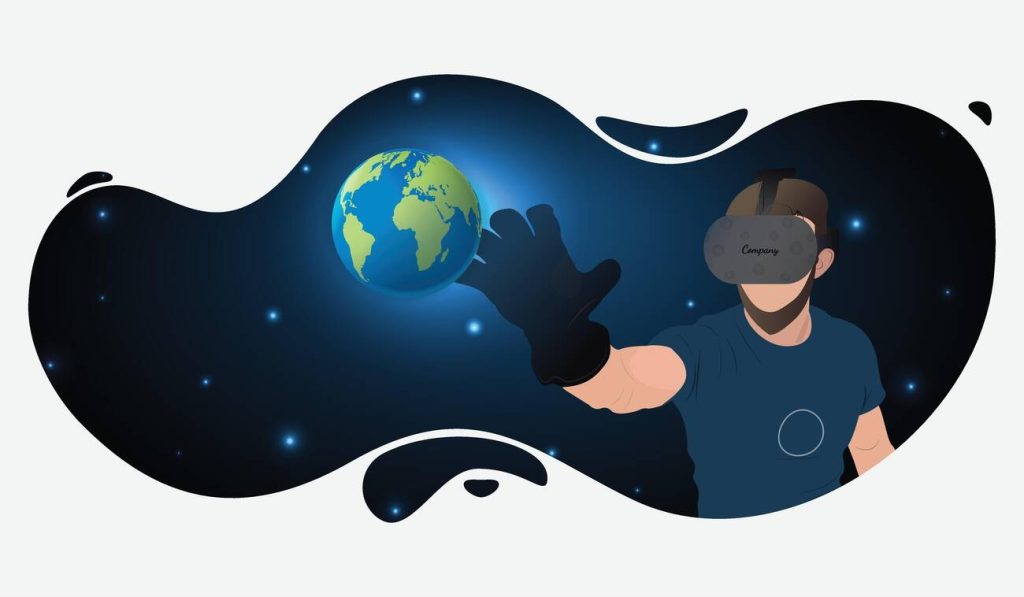AI has become one of the most hotly debated subjects in recent years. With the introduction of new publicly available AI tools such as ChatGPT and DALL-E, we are seeing more and more people become aware of just how powerful AI has become. But there are just two examples of a slice of what modern AI is capable of.
AI is being used in nearly every industry. The medical sciences use it to help detect various diseases and create cures. The business sector uses AI to try to predict market trends. Even politicians use AI to help create winning campaign strategies and to assess voter habits and trends. But one industry that has vastly benefited from the advancement of AI is the world of gaming.
AI In Classic Games
AI is not a new technology within the world of gaming. Video games have always kept up with AI technology. It is used both in the design process and as an active part of the game world. The NPCs you see in most RPGs are a good example of basic AI technology. They have been designed to function like a human and to respond to different inputs from the player.
Or we could look at chess. This is a perfect example of how AI was used to give players a worthy opponent. The Chess.com app is filled with a number of different AI opponents that have been designed to play at various skill levels. These opponents will respond to your moves, making assessments in the same way a human might.
And this same principle applies to the Real Time Strategy genre as well. One of my all time favorite games is Warcraft 3. And it is another great example of how AI was used to create amazing games. The AI opponents in RTS games are designed to stick to an overall strategy while also adapting to changes that occur during the match.
Modern AI In Gaming
All the examples above are still relevant today. But AI technology has improved a lot since these games were released. Modern RTS games now feature better AI opponents that can even engage in politics within the game, better simulating what it would be like playing against an actual human.
There are even some older games that continue to update their AI technology to ensure it is meeting today’s standard. With Minecraft’s 1.20 update they introduced a few new mobs and also upgraded the AI of all the older mobs. This has made each world generated feel more real and alive. And, due to the increase in the intelligence of the hostile mobs, it is far more dangerous too.
One of the most interesting innovations we have seen lately is people creating NPCs in games that can respond to a player in the same way an AI chatbot does. These mods install an AI voice generator to the NPCs as well. The result is an NPC that can respond to a player’s questions and actions outside the normal parameters of the game’s design. So far we have only seen this done by independent modders. But we have no doubt that some big titles in the future, such as The Elder Scrolls 6, might include similar AI technologies.
The Game Creation Process
AI isn’t just being used to enhance the players’ experience. AI is a powerful tool for game makers too. Most gaming studios have used AI in some shape or form to help build their games. But modern AI is now making it easier, and cheaper, to create stunning triple-A titles.
AI art generators are a fantastic tool for budding game designers to create concept art. Any prompt can now, in an instant, be rendered into concept art for a designer to work off. There has been a lot of debate surrounding the ethics of using AI art bots for commercial purposes. But, for the sake of creating concept art, we believe it is ethical.
AI is also useful for creating 3D worlds within games. It can be tedious to have to populate a game’s landscape. Usually having to create and define different parameters for procedural generation. Or, even worse, having to create everything by hand. AI can be used to create entire worlds based on a more open set of parameters that don’t have to be so stringently defined. This saves game designers a lot of time and money. And allows them to create more dynamic worlds.
Games have to go through a rigorous testing process before they can be released to the public. An unfinished and untested game is doomed to failure. Usually, companies will hire people to do this testing. Getting them to play the game over and over again. Ensuring everything works as it should and to find bugs.
AI is now being used, alongside human testers, to speed up this process. AI can test a lot faster than a human and will be able to find bugs more efficiently. The game AI that does the testing will also be able to locate where the bugs are within the game’s code structure.
